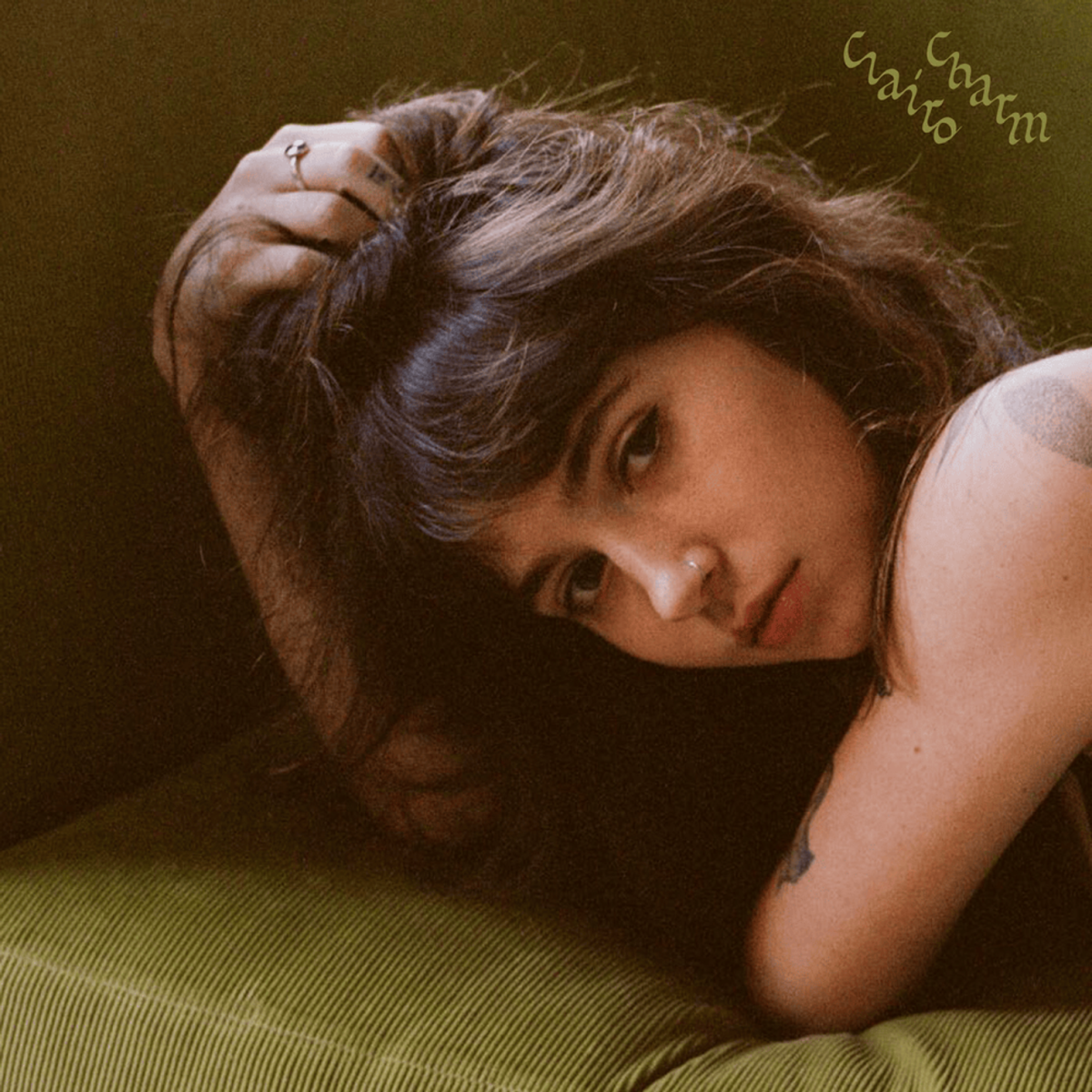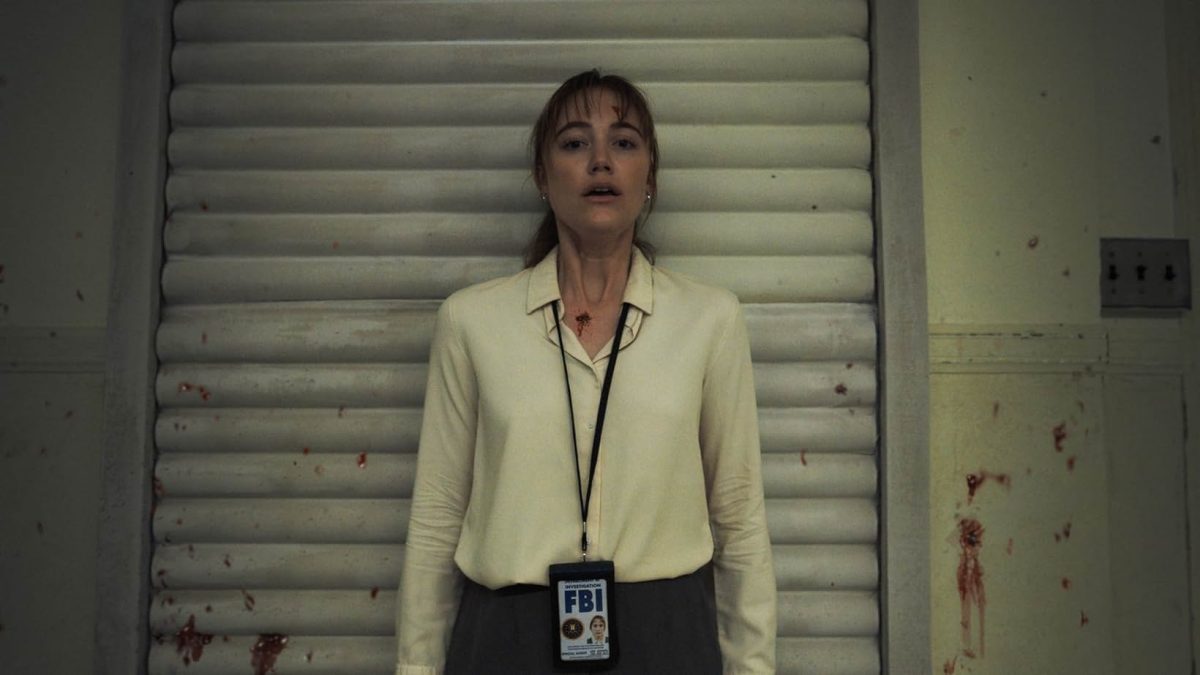Dance at Illinois presented Studiodance, a show featuring four choreographed pieces, this past weekend in the Studio Theater of the Krannert Center for the Performing Arts.
Of the four dances, two were created by Tere O’Connor and Paige Cunningham-Caldarella, professors in FAA, as well as two dances that showcased the theses Joe Bowie and Adanya Gilmore, graduate students studying dance.
The first dance, “Poem,” featured choreography by O’Connor and reflected on his previous choreography created in 2014.
As the piece began, the pitch-black studio was completely silent while the dancers made small hand gestures, bouncing up and down in place.
The music was unlike what one might expect at a dance show, such as lyrics or a continued melody. This piece was different, as it consisted of nature sounds with waterfall simulations and birds chirping. A mixture of rhythmic beats interjected the sound effects.
Get The Daily Illini in your inbox!
The dancers were highlighted in hues of blue and green. Each dancer was wearing a different article of clothing in the color scheme as opposed to a coordinated uniform.
The dancers reflected human emotion in accordance with the sound that was being played. They moved their bodies with high energy and incorporated images similar to a kaleidoscope with their different formations.
“Poem” looked at the art of writing poetry, with punctuation, literary devices and rhyme schemes. According to the performance’s program, this is what O’Connor used to “drive the creation of choreography” and the imagery he wanted the audience to observe.
The next piece, “so! what now?,” was a very different take on dance, as it was more theatrical and showed more robotic movements from the dancers.
The costumes resembled misfit dolls in a store that were often ignored. Performers wore full bodysuits, tutus and vintage undergarments in white, pink, gold and other bright colors.
The dancers sporadically shouted “Here, try this,” “Hey, watch it!” and other random phrases. “so! what now?” was a chaotic piece that had the audience laughing at the random actions seen on stage.
The dancers appeared to give importance to what is often looked away from in society through their performance. According to the program, Mendoza looked to “the Black women and femmes” who were creative and pioneered their fields when choreographing this piece.
Bowie and Gilmore presented their work “Ponzy Scheme” right after the bold “so! what now?” choreography. This choreography was more intimate, as it dove into the personal aspect of dance and the show was put together.
The dialogue throughout the piece emphasized how the dance was a testament to the dancers’ shared interest in dancing together in the studio. As mentioned in the program, their practices were a ritual in which they explored their love for dance and the hard work put into the art.
The background music was a compilation of the dancers’ voices talking about dance and how their experiences have been. The work highlighted the individuality of each dancer, as well as how they were growing together.
Ending the show was the vibrant “Shake! Spill! Kiki!” choreographed by Bowie. “Shake! Spill! Kiki!” showed the “blackness and queerness and foregrounds” of love among Black and queer communities, according to the program.
This piece took the audience back in history, as it drew inspiration from the Black church and gay clubs that celebrated liberty and pride. The dancers spoke as though they were in character and enjoyed dancing to the iconic song “Let’s Have a Kiki” by the Scissor Sisters.
The costuming was similar to the fashion trends of the 1970s with flowers, bell-bottom pants and a general groovy aesthetic.
The dancers had wide smiles and moved their bodies to the music with passion. It was a refreshing end to the show which got the audience shouting and moving in their seats.
Studiodance was not the conventional art form that one would expect but was a nice surprise and a different perspective on dance. It combined societal challenges that individuals face every day, the simplicity of art and a love for dance.









